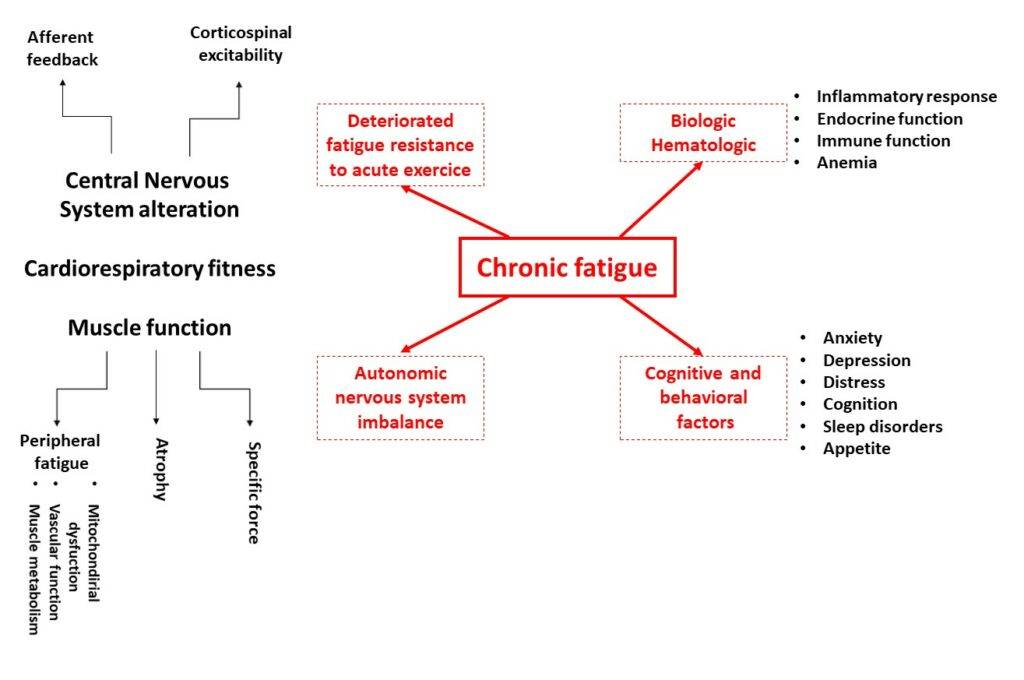CHRONIC FATIGUE ETIOLOGY IN INTENSIVE CARE UNIT SURVIVORS: THE ROLE OF NEUROMUSCULAR FUNCTION
Trainee: Djahid Kennouche (PhD Student)
Collaborators: Prof Jérôme Morel (CHU Saint-Etienne), Dr Julien Gondin (INMG Lyon), Dr Robin Souron (Univ Toulon), Dr Thomas Lapole (LIBM).
SCIENTIFIC SUMMARY

Chronic fatigue is the most common and debilitating symptom in intensive care unit (ICU) survivors. Indeed, it has been widely reported that patients who stayed in ICU for prolonged periods report persisting feelings of tiredness for months to years after ICU discharge. This chronic fatigue affects their quality of life by decreasing their capacity to perform simple tasks of daily life. The aim of the present project is to determine whether deteriorated neuromuscular function (i.e. increased fatigability) is involved in this feeling of chronic fatigue. Because the causes chronic fatigue are multi-dimensional, a large battery of tests will allow us to better understand the origin of chronic fatigue.
One of the main intervention in this project will be a fatiguing protocol performed on a cycling ergometer designed in the laboratory. For this intervention, we will ask the subject to perform an incremental fatiguing exercise until exhaustion, and we will assess the decrease in the maximal voluntary force produced by the knee extensors after the fatiguing task. The amplitude of the decrease will inform on the level of fatigability. In parallel, the use of transcranial magnetic as well as peripheral nerve stimulation techniques will allow us to investigate the etiology of alterations in neuromuscular function. It will allow to compare if differences exist between “fatigued” and non-fatigued” patients at baseline and if differences in neuromuscular modulation induced by a fatiguing task exist between these two groups. Exercise capacity will be assessed during an incremental cycling exercise. During exercise, maximal oxygen uptake and heart rate will be recorded and a blood sample will be taken at the end of the exercise to measure lactate concentration. During a separate visit, the patient will perform a non-invasive MRI to analyse muscle structure (muscle volume) and P31 NMR to assess metabolites accumulation during a fatiguing exercise
Patients who stayed ventilated for at least 3 consecutive days in ICU 6 months to 5 years after ICU discharge will be included in this study. A better knowledge of chronic fatigue etiology will allow to optimize rehabilitation treatments to decrease the apparition/persistence of chronic fatigue and in fine improve life quality.
Key words: Intensive care unit, fatigue, neuromuscular function, cardiorespiratory function, exercise.
